Can They Maintain Reliability While Eliminating The Cables?
The Limit Switch installation process is an extremely familiar tradition among most automation professionals. Then came the advent of wireless...
Suddenly, the Limit Switch did not necessarily need a cable connected to it. New Wireless Limit Switches were simply mounted in their position & the installation work at the point of detection was finished! The careful routing of the cable from the Limit Switch to the Limit Switch signal’s destination was completely eliminated. The newly installed limit switch’s signal requiring testing travelled through the air to the receiver...instead of through a cable
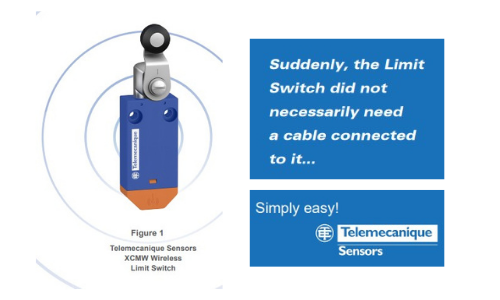
Analytics vs. tradition
Now that the revolutionary wireless limit switch has established a multi-year presence in the field, there
is convincing data to show wireless limit switches can provide the same efficiency and profitability
as wired switches. This can be illustrated by wireless switch performance levels, wireless switch damage risks that are at least equal to the damage risks associated with traditionally wired switches, the growing number of applications where wireless switches are clearly an advantageous solution, & the universal adaptability of wireless switch signals
Wireless Limit Switches maintain cable-connected limit switch performance levels
One of the primary concerns about new wireless limit
switch technology is the limit switch signal not reliably
reaching its destination without a cable. While this concern
is valid among those new to wireless technology, the 2019
forecasted growth of wireless data telecommunications
worldwide was approximately 5%. In 2020, spending on
wireless data communications was expected to increase by
7% over the previous year. Automation plants implementing
wireless communications have reported overall production
efficiency gains of up to 15%
Ensure Proper implementation
The engineers achieving significant gains in productivity have
done so by respecting the inherent challenges of wireless
technology and then benefitting from the lack of cable expense,
installation, and replacement costs. When configured correctly,
roughly only 2% of a wireless signal may be lost, making it very
comparable to the loss of signal experienced through standard
cable connection defects, breakage or wear.
Figure 2- gives examples of signal attenuation
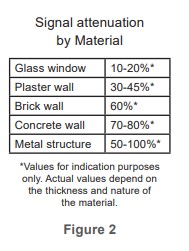
Wireless Limit Switches pose an equally minimal damage risk as cabled switches
Damage to the limit switch
The common assumption that the body of the wireless limit switch must be larger &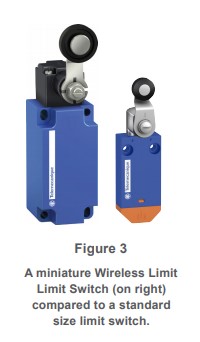
consequently, more susceptible to damage is incorrect. New
wireless limit switches are actually manufactured in a miniature
format [See Figure 3]! Thus, installing a wireless limit switch
poses no more damage risk to the limit switch body than installing
a typical cable-connected miniature limit switch!
Furthermore, because new wireless limit switches come in the
exact same body formats as wired switches, updating existing
limit switch applications to wireless is “Simply easy!”
Damage to the signal method
Some wireless limit switches are available with the transmission antenna incorporated inside the switch body. Therefore the antenna cannot be damaged unless the body of the switch is impacted - keeping damage to the signal at a minimum.
Get The New Schneider Wireless Limit Switch Catalogue For FREE Download
Wireless & Batteryless Limit Switches
XCKW & XCMW Ranges...Download Below!
Wireless Limit Switches ideally serve many existing applications …and inspire new ones
Automatic Guide Vehicles, transport tracks, linear robots, rotating components, and other mobile devices are all better served with having mobile wireless limit switches attached to them. In the case of Automatic Guide Vehicles [Figure 5] the wireless limit switch can detect the presence of objects on the vehicle without attached wires interfering with the vehicle’s mobility. Each of the above example applications benefit from utilizing wireless limit switches because the regular replacement of worn wires is also eliminated.
As with any new technology, the more end users perceive and
take advantage of the strengths associated with wireless, the familiarity will generate ideas. New possibilities will emerge.
The Path To Wireless
The comparison of wireless limit switches to cable-connected switches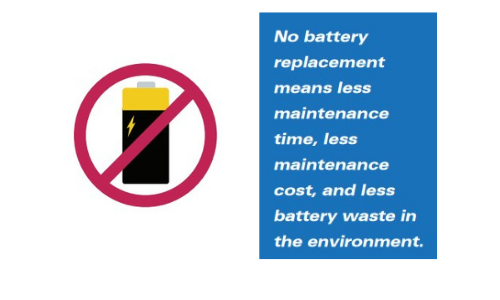
reveals the present and ongoing change in the industry. In cases
where the wireless switch comes in a miniature version, contains an
internal antenna, and uses the globally adaptable 2.4GHz frequency,
the wireless switch clearly equals its cable-connected counterpart.
One significant advantage to the Telemecanique Sensors wireless
switch is that it does not use batteries. The energy from the switch’s
plunger movement converts into the power necessary to transmit the
wireless signal. No battery replacement means less maintenance
time, less cost, and less battery waste in the environment.
Cut the cabling expenses. Cut the battery expenses. And cut the
maintenance time involved with both...all while maintaining the
reliability and efficiency of traditional limit switches.
If you've got questions or would like to enquire about Schneider Wireless Limit Switches
Get In Touch With Our Team Below...
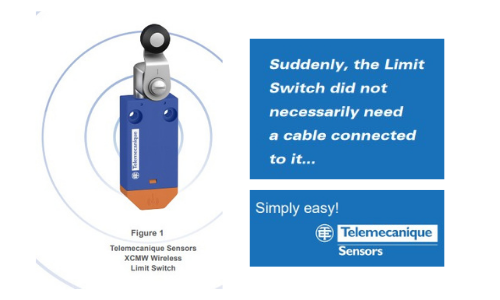

.png?width=481&name=unnamed%20(14).png)